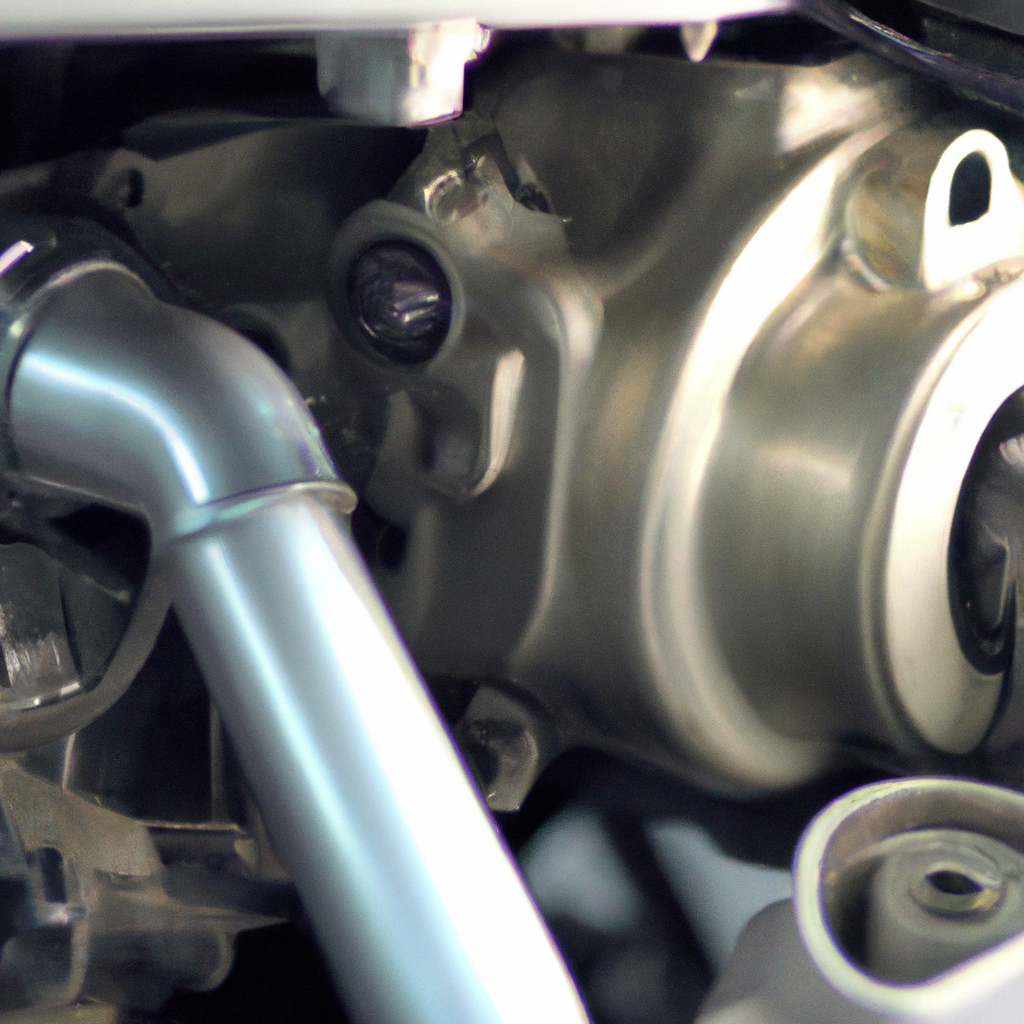How Does a Car’s ABS System Work?
The anti-lock braking system, commonly referred to as ABS, is a critical component of modern-day brake technology. ABS is designed to improve vehicle safety by preventing the wheels from locking up when the driver hits the brakes. In this article, we will explore how a car’s ABS system works and its importance in vehicle safety.
Understanding the Braking Mechanism
Before delving into how ABS works, it’s essential to understand how the conventional braking mechanism functions. When a driver steps on the brake pedal, pressure is applied to the brake fluid, which in turn generates hydraulic pressure. The hydraulic pressure then forces the brake pads or shoes onto the brake rotor or drum, causing the vehicle to slow down or stop.
However, when the driver slams on the brakes, the wheels may lock up and stop rotating, causing the car to skid. This is where the anti-lock brake system comes into play.
How ABS Works
The ABS system is designed to prevent the wheels from locking up when the driver applies the brakes. The system consists of four main components: the speed sensors, the hydraulic modulator, the pump, and the electronic control unit (ECU).
Speed Sensors
The ABS system’s speed sensors are located on each wheel and are responsible for monitoring the wheel’s rotation speed. The sensors send a signal to the ECU, informing it of the wheel’s speed.
Hydraulic Modulator
The hydraulic modulator is responsible for controlling the brake pressure. It consists of a series of valves that regulate the amount of pressure applied to each brake caliper or drum. The hydraulic modulator receives signals from the ECU and adjusts the brake pressure accordingly.
Pump
The pump is responsible for maintaining hydraulic pressure in the brake system. When the hydraulic pressure drops, the pump kicks in and restores the pressure.
Electronic Control Unit (ECU)
The ECU is the brain of the ABS system. It receives signals from the speed sensors and analyzes the data to determine if any of the wheels are about to lock up. If the ECU detects a potential lock-up, it sends a signal to the hydraulic modulator, which adjusts the brake pressure to prevent the wheels from locking up.
Advantages of ABS
The anti-lock braking system provides several advantages over conventional braking systems. These include:
– Shorter stopping distances
– Improved steering control
– Reduced risk of skidding and loss of control
– Enhanced vehicle stability
Shorter Stopping Distances
When the wheels lock up, the vehicle’s stopping distance increases significantly. However, with ABS, the brakes are applied optimally, preventing the wheels from locking up and reducing the stopping distance.
Improved Steering Control
When the wheels lock up, the driver loses control of the steering, making it difficult to avoid obstacles. With ABS, the wheels continue to rotate, allowing the driver to steer the vehicle away from obstacles.
Reduced Risk of Skidding and Loss of Control
ABS helps prevent skidding and loss of control by keeping the wheels rotating. This improves traction, allowing the driver to maintain control of the vehicle.
Enhanced Vehicle Stability
With ABS, the brake pressure is applied optimally, preventing the vehicle from swerving or fishtailing. This enhances vehicle stability, reducing the risk of accidents.
Conclusion
In conclusion, the anti-lock braking system is a critical component of modern-day brake technology. The car ABS system prevents the wheels from locking up when the driver applies the brakes, providing several advantages such as shorter stopping distances, improved steering control, reduced risk of skidding and loss of control, and enhanced vehicle stability. With the advancements in automotive engineering, ABS has become a critical component in ensuring vehicle safety.







